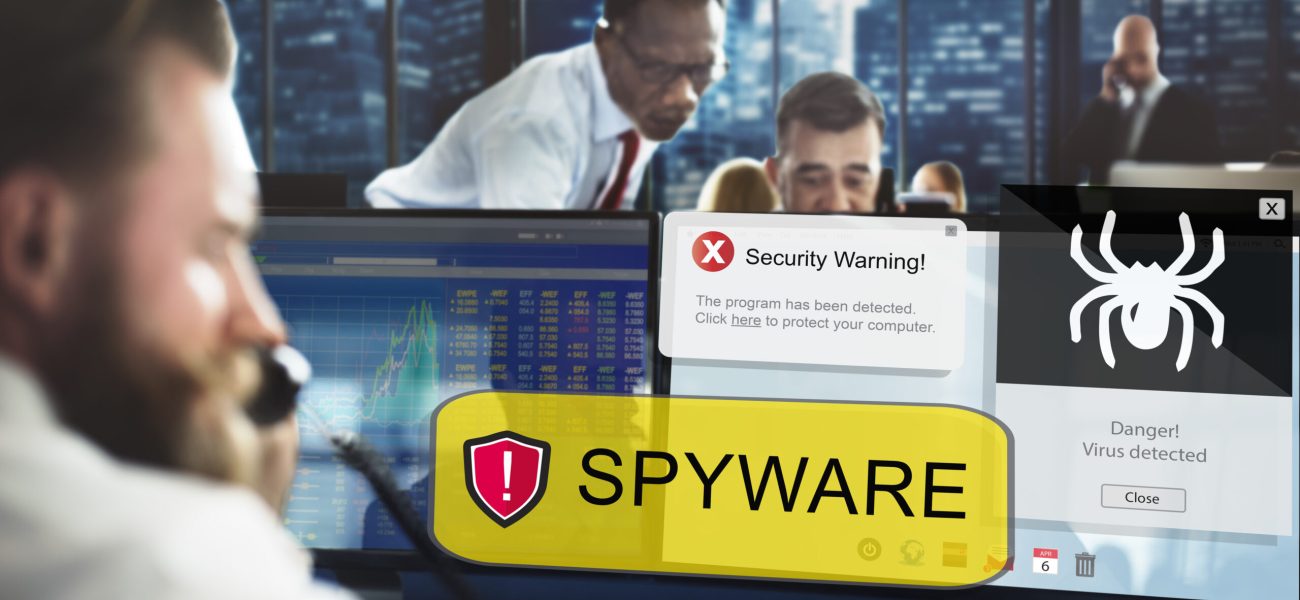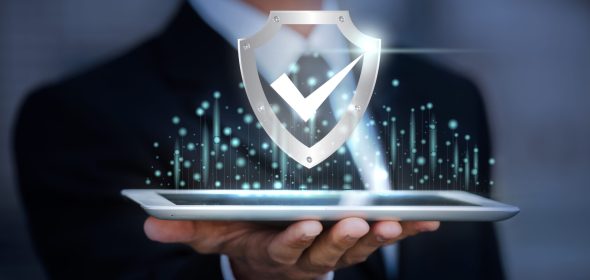Common Cybersecurity Threats: Causes, Prevention, and Emerging Risks

Introduction
In our increasingly digital world, cybersecurity has become a critical concern for individuals, businesses, and governments. As technology advances, cybercriminals continually develop new methods to exploit vulnerabilities, leading to a diverse array of threats. This article explores common cybersecurity threats, their causes, preventive measures, and the future strategies needed to address emerging risks.
Common Cybersecurity Threats
-
Phishing Attacks
- Description: Phishing involves tricking individuals into providing sensitive information by masquerading as a trustworthy entity in electronic communications.
- Causes: Lack of awareness and vigilance among users; sophisticated and convincing phishing emails or messages.
- Prevention: Education and training to recognize phishing attempts; use of email filtering and anti-phishing tools.
-
Malware
- Description: Malware includes viruses, worms, ransomware, and spyware designed to damage or exploit computer systems.
- Causes: Downloading infected files, clicking on malicious links, using unpatched software.
- Prevention: Regular software updates, robust antivirus programs, and cautious behavior online.
-
Ransomware
- Description: Ransomware encrypts the victim’s data and demands a ransom for the decryption key.
- Causes: Opening infected email attachments, visiting compromised websites, lack of proper backups.
- Prevention: Frequent data backups, up-to-date security patches, and educating users about the risks.
-
DDoS (Distributed Denial of Service) Attacks
- Description: DDoS attacks overwhelm a system with traffic, rendering it unavailable to users.
- Causes: Use of botnets to generate massive amounts of traffic; vulnerabilities in network architecture.
- Prevention: Implementing rate limiting, using DDoS protection services, and enhancing network infrastructure.
-
Insider Threats
- Description: Insider threats originate from within the organization and can be either malicious or unintentional.
- Causes: Disgruntled employees, lack of access controls, inadequate monitoring.
- Prevention: Implementing strict access controls, continuous monitoring, and fostering a positive work environment.
Causes and Preventive Measures
The causes of these threats often stem from a combination of human error, outdated systems, and inadequate security practices. Key preventive measures include:
- Regular Updates and Patches: Ensure all software and systems are up-to-date to protect against known vulnerabilities.
- Employee Training: Conduct regular cybersecurity awareness training to educate employees about potential threats and safe practices.
- Strong Password Policies: Implement and enforce the use of strong, unique passwords, and consider multi-factor authentication (MFA).
- Data Encryption: Use encryption to protect sensitive data both in transit and at rest.
- Network Security: Deploy firewalls, intrusion detection/prevention systems (IDS/IPS), and secure network architectures.
Emerging Threats and Future Strategies
As cybersecurity threats evolve, new and sophisticated threats continue to emerge. Key emerging threats include:
- Deepfake Technology: The use of AI to create realistic but fake audio and video content, which can be used for phishing or other types of fraud.
- AI-Powered Cyber Attacks: Cybercriminals are leveraging AI to automate attacks, evade detection, and analyze vulnerabilities more efficiently.
- 5G Network Vulnerabilities: The rollout of 5G technology introduces new security challenges, including increased attack surfaces and the potential for more sophisticated attacks on IoT devices.
- Quantum Computing: As quantum computing advances, there is concern about its potential to break traditional cryptographic algorithms, necessitating new quantum-resistant encryption methods.
- Supply Chain Attacks: Cybercriminals target vulnerabilities in the supply chain to compromise a service provider, which can then be used to attack end customers.
Future Strategies
To mitigate these emerging threats, organizations and individuals should consider adopting the following strategies:
- Adopt a Zero Trust Model: Implement a zero trust architecture, where no entity inside or outside the network is trusted by default.
- Leverage AI and Machine Learning: Use AI and ML technologies to detect and respond to threats in real-time.
- Follow Cybersecurity Frameworks: Adhere to established cybersecurity frameworks like NIST, ISO/IEC 27001, and CIS Controls to maintain a strong security posture.
- Develop Incident Response Plans: Create and regularly update incident response plans to quickly address security breaches.
- Continuous Monitoring and Auditing: Implement continuous monitoring and regular security audits to proactively identify and mitigate vulnerabilities.
Conclusion
Cybersecurity threats are constantly evolving, presenting new challenges and risks. By staying informed, investing in robust security solutions, and adopting a proactive and comprehensive approach to security, individuals and organizations can better protect themselves against these threats. The key is to be vigilant, adaptive, and prepared for the changing landscape of cybersecurity.
References
- APWG Phishing Activity Trends Reports – https://apwg.org/trendsreports/
- Symantec Internet Security Threat Report – https://symantec-enterprise-blogs.security.com/blogs/threat-intelligence
- Europol Internet Organised Crime Threat Assessment (IOCTA) – https://www.europol.europa.eu/activities-services/main-reports/internet-organised-crime-threat-assessment-iocta
- Akamai State of the Internet / Security – https://www.akamai.com/our-thinking/state-of-the-internet-report
- CERT Insider Threat Center – https://insights.sei.cmu.edu/insider-threat/
- MIT Technology Review: Deepfake Threats – https://www.technologyreview.com/2020/11/27/1012423/deepfakes-cybersecurity-threats/
- Darktrace Reports on AI in Cybersecurity – https://www.darktrace.com/en/insights/ai/
- Cybersecurity and Infrastructure Security Agency (CISA) on 5G – https://www.cisa.gov/5g
- National Institute of Standards and Technology (NIST) Post-Quantum Cryptography – https://csrc.nist.gov/Projects/Post-Quantum-Cryptography
- FireEye: SolarWinds Supply Chain Attack – https://www.fireeye.com/current-threats/apt-groups.html
- Cybersecurity & Infrastructure Security Agency (CISA) – https://www.cisa.gov/
- National Institute of Standards and Technology (NIST) – https://www.nist.gov/
- Kaspersky: What is Phishing? – https://www.kaspersky.com/resource-center/definitions/phishing
- Microsoft: What is Malware? – https://www.microsoft.com/security/blog/malware/
- SANS Institute: Ransomware – https://www.sans.org/security-awareness-training/resources/ransomware
This article was written by Sheriff Oyewusi who is currently doing his externship with Up Front Connection, as part of our collaboration with Delete the Divide, an initiative led by the County of Los Angeles to advance digital equity in underserved communities through partnerships, infrastructure investments, and technology resources that empower residents and small businesses. Sheriff is a cybersecurity enthusiast dedicated to protecting digital assets and staying far ahead of digital threats.


